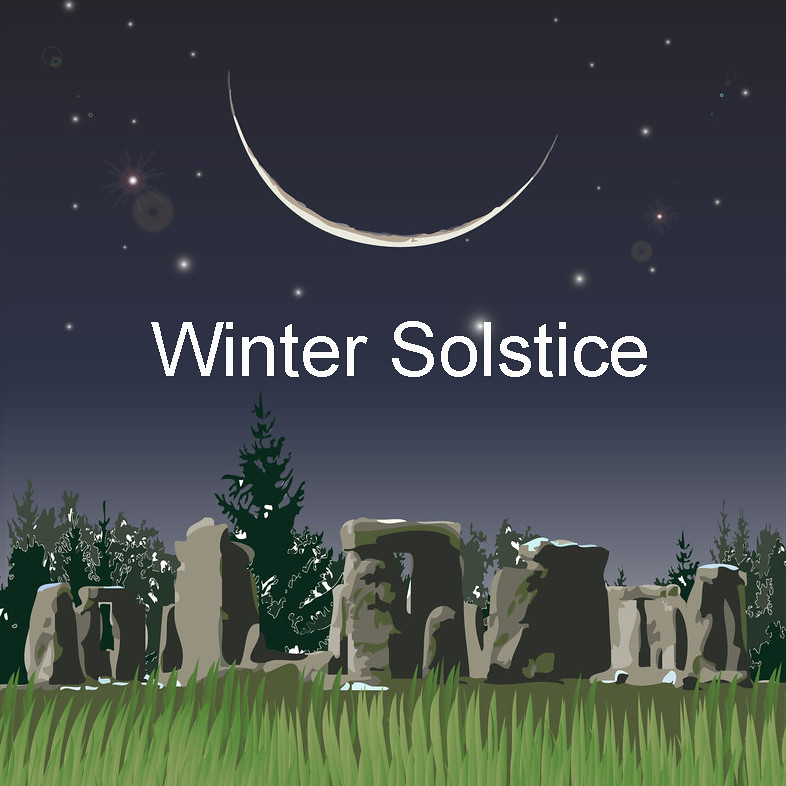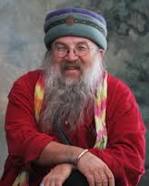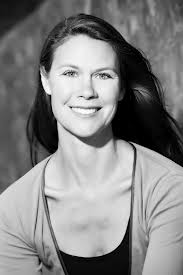
18 Dec Winter Solstice, 12/22: Down Low + Poems
The term “solstice” means “sun stands still.” On the year’s two solstices (winter and summer) the sun appears to halt in its incremental journey across the sky but change little in position during this time. Of course, contrary to appearances from Earth, the sun’s “changing position” throughout the year is actually caused by the rotation of the Earth on its tilted axis as it circles the sun. The solstice occurs twice a year (on or around December 22nd and June 21st) when the sun is farthest from the tilting planet’s celestial equator.
In modern times Christians all over the world celebrate the birth of Jesus Christ on Christmas Day, which falls on December 25. However, it’s believed that this date was chosen to offset pagan celebrations of Saturnalia and Natalis Invicti. Some say that celebrating the birth of the “true light of the world” was set in sync with the December solstice because from that point onwards, we experience more daylight in the Northern Hemisphere.
A few more facts about the winter solstice from Mashable.
1. It happens at a specific time
The winter solstice isn’t the full day of Dec. 21, but rather occurs at a specific time. At that point, the sun is shining farthest to the south, directly over the Tropic of Capricorn. There’s no duration to the event, per se. Paul Stokles, a meteorologist with the National Oceanic and Atmospheric Administration refers to the winter solstice as a “single event.”
Of course, the sun isn’t actually moving, the Earth is. At 12:11 p.m. ET, the North Pole is tipped about 23 degrees away from the sun. When summer rolls around, the South Pole is tipped 23 degrees away from the sun. During the vernal and autumnal equinoxes, the Earth is not tilted in either direction.
2. It happens at a different time each year
The winter solstice doesn’t always occur on Dec. 21. Sometimes it comes on Dec. 22. – like this year. The hour of day also fluctuates.
3. The meteorological winter began three weeks ago
If it feels like winter has already begun, you are correct. Meteorologists consider Dec. 1 the start of the meteorological winter and March 1 the start of the meteorological spring. That’s because December, January and February are the three coldest months of the year. By the time the Spring Equinox rolls around on March 20, 2014, average temperatures in most areas will have already started rising. The winter solstice isn’t the coldest day of the year either — that comes later.
4. Last year at this time, some people thought the world was ending
Remember how the Mayan calendar supposedly said the world would end on Dec. 21, 2012? That was based on a reading of the end date of the Mayans’ 5,126-year-long Mesoamerica Long Count Calendar, which corresponded to certain astronomical events, including the winter solstice.
And now two poems from Art Goodtimes and Rosemerry Wahtola Trommer (Word Woman), your hosts at the monthly Talking Gourds Poetry Club. Their words are certain to warm up your heart on these cold, snowy days, when the yellow light in the sky clicks off early.
“Twilight Walk”
by Art Goodtimes

Finally
they’re gone
The honkers took off
for the tropics
after pecking around till
mid-December
Left just ahead of
Colorado’s second fall storm
before full-on winter
Solstice here soon
on the western slope of
the Southern Rockies
Wrights Mesa
studded with ponds
& irrigated wetlands
Trickling Lone Cone’s flow
down to the San Miguel
very deliberately
Doing
what the beaver used to do
Slowing things down
Holding water precious
just like Americans are
up at Standing Rock
“I’n’ it?” McRedeye sez
“We shape the land
& the land shapes us.”
“Four Solsticings”
by Rosemerry Trommer

thank you world
for these disappointments
I would have become
without them so comfortable,
so certain, so stuck
*
now, is it time,
is it time yet, is it time
says the seed
*
in the river of self
surprised to find I am also
the dam, the eddy
*
longest night
and still darkness does not
swallow everything



Sorry, the comment form is closed at this time.